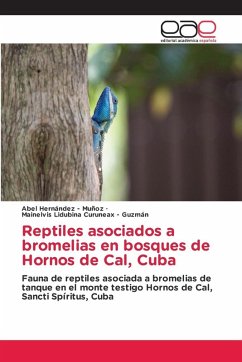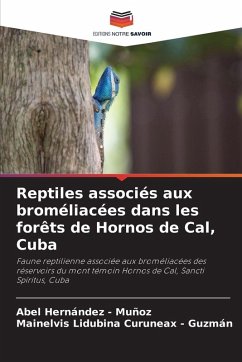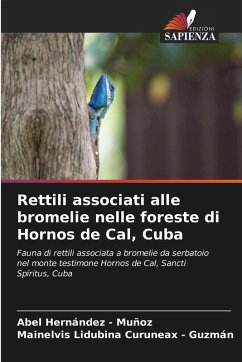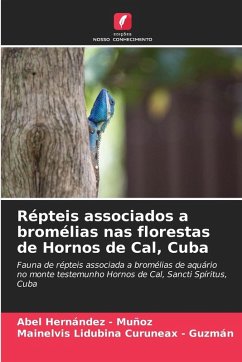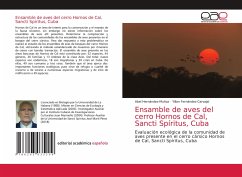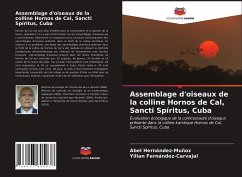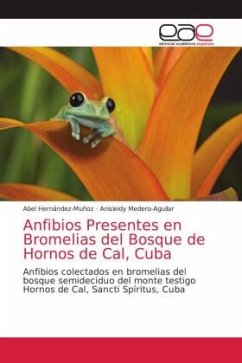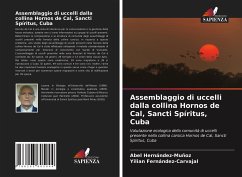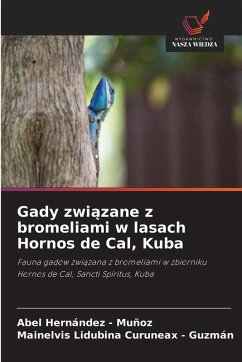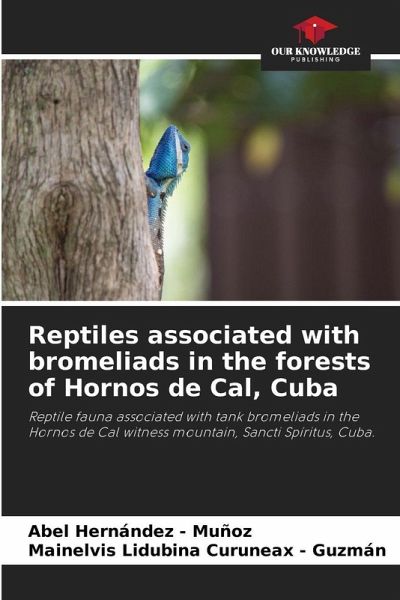
Reptiles associated with bromeliads in the forests of Hornos de Cal, Cuba
Reptile fauna associated with tank bromeliads in the Hornos de Cal witness mountain, Sancti Spíritus, Cuba.
Versandkostenfrei!
Versandfertig in 6-10 Tagen
29,99 €
inkl. MwSt.

PAYBACK Punkte
15 °P sammeln!
A bromeliad alone constitutes an entire ecosystem, but in Cuba the fauna of reptiles associated with these epiphytic plants is unknown. For this reason, the herpetofauna associated to three species of tank bromeliads, which live as hosts of the trees that integrate a semi-deciduous forest on bare ground in the witness mount Hornos de Cal, Sancti Spíritus, Cuba, was studied. Ten adult plants of each bromeliad species were selected for the study. The species and heights of the trees on which the bromeliads were growing were determined. Each bromeliad was removed from its host tree and the repti...
A bromeliad alone constitutes an entire ecosystem, but in Cuba the fauna of reptiles associated with these epiphytic plants is unknown. For this reason, the herpetofauna associated to three species of tank bromeliads, which live as hosts of the trees that integrate a semi-deciduous forest on bare ground in the witness mount Hornos de Cal, Sancti Spíritus, Cuba, was studied. Ten adult plants of each bromeliad species were selected for the study. The species and heights of the trees on which the bromeliads were growing were determined. Each bromeliad was removed from its host tree and the reptiles found were identified and listed. It was found that there were 15 reptiles, from seven species (three families). One species is endemic to Cuba. Of the bromeliads sampled, 70 percent (21 bromeliads) were occupied by reptiles. The most frequent and abundant species in the bromeliads was the arboreal lizard Anolis porcatus.



